Folklore No.169
Austrian Folklore deck first published by Piatnik in 1934.
Piatnik first started producing a non-standard “Folklore No.169” deck in c.1934 and the example shown here was published within a year or two of that date. The court cards depict traditional costumes from Austria’s states: Salzburg • Burgenland • Zillertal • Linz • Tirol-Otztal • Salzburg-Lungau • Steiermark • Vorarlber • Wachau • Kärnten-Rosental. The 4 aces and backs are decorated with flowers. See the 1 Schilling outer wrapper►
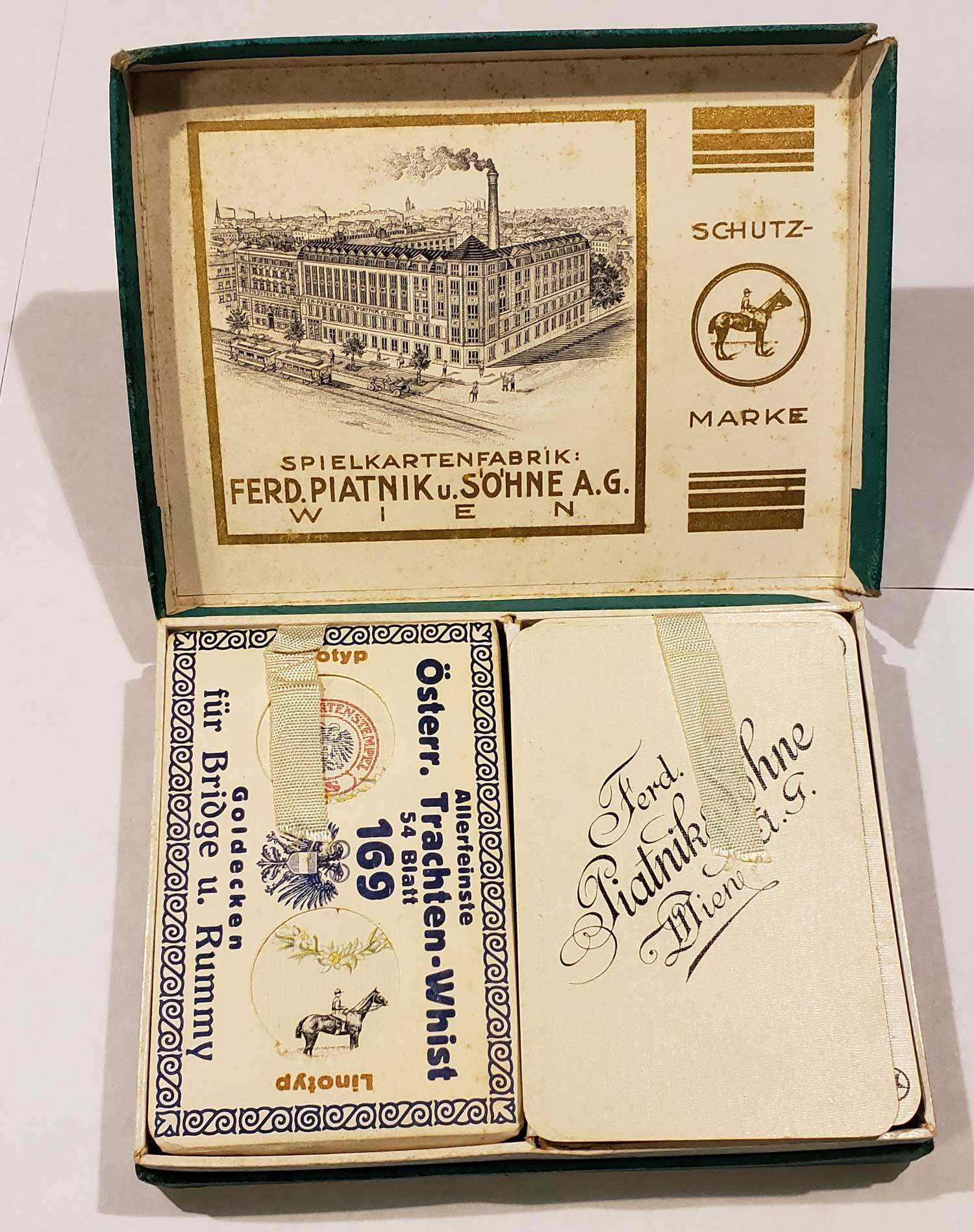

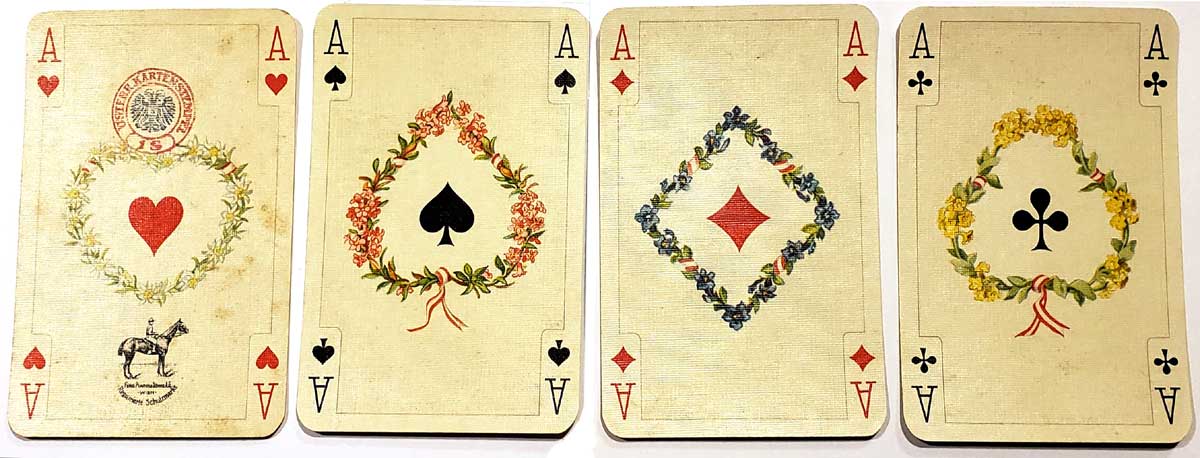
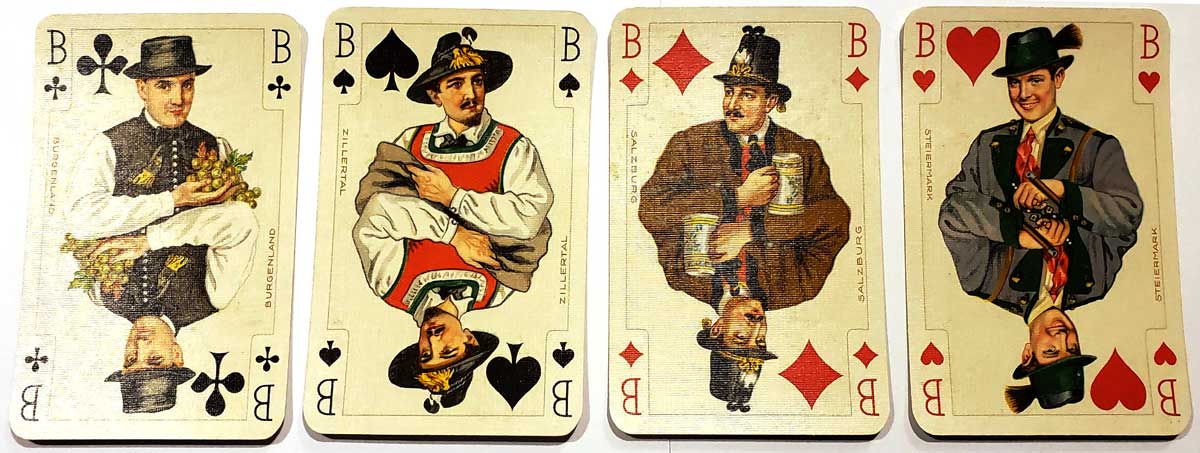
Above: Folklore No.169 by Piatnik, first published in 1934. 52 cards + 2 jokers + extra card in box. Click images to zoom. Images courtesy Carla Parker.
Folklore No.2169
This Bridge • Canasta • Whist • Rummy set with two-corner English indices is date coded 1979. See the Box►
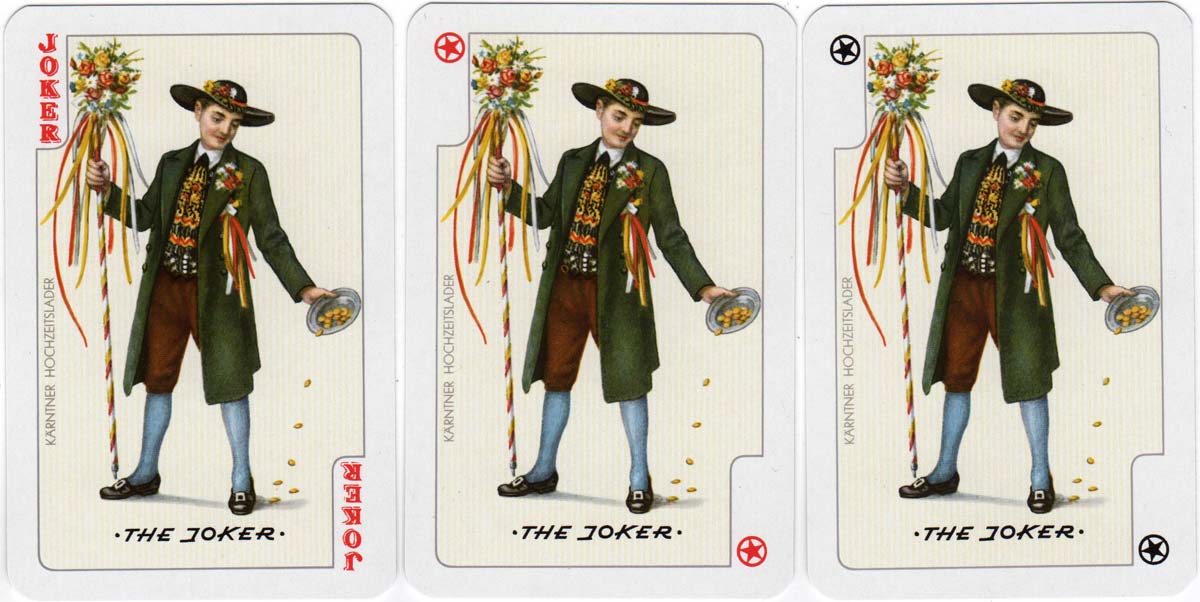
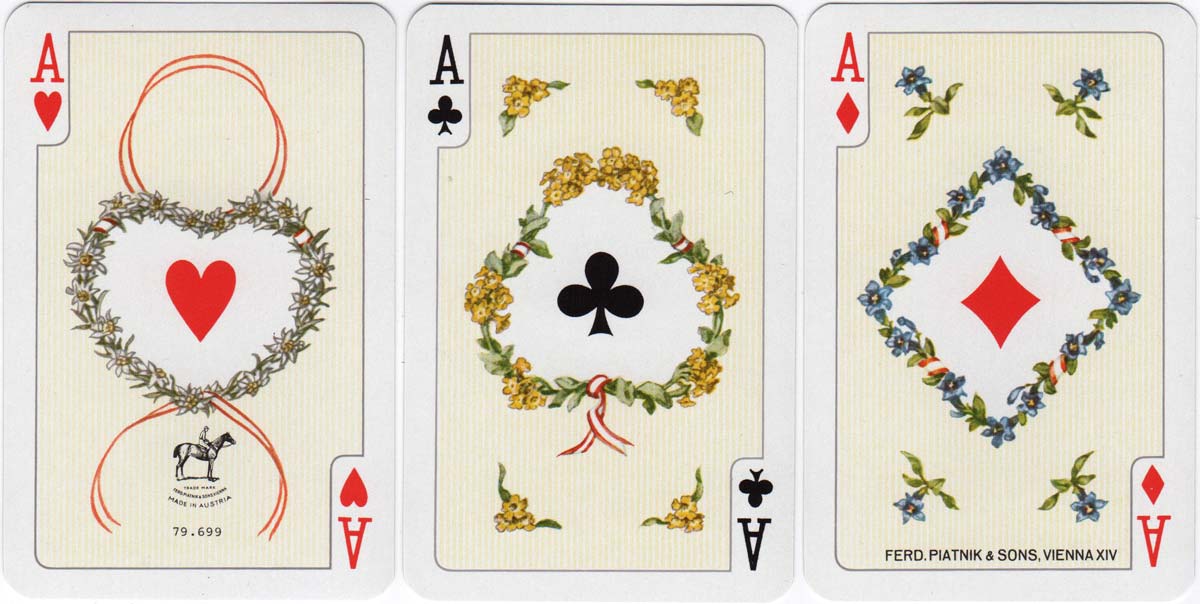
Above: Folklore No.2169 dual bridge deck by Piatnik, Vienna, 1979. The 3 jokers depict a Carinthian Wedding Inviter (Kärntner Hochzeitslader). Images courtesy Matt Probert.
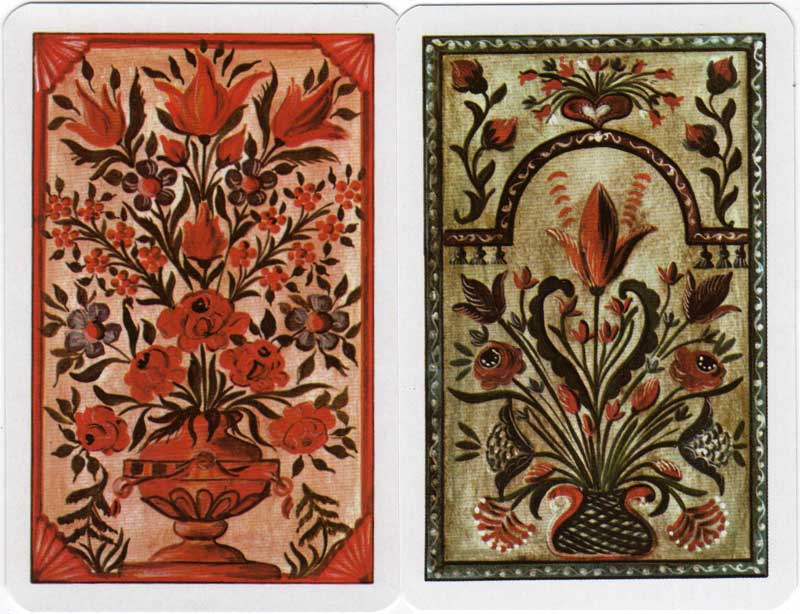
By Matt Probert
United Kingdom • Member since March 02, 2012
I have adored playing cards since before I was seven years old, and was brought up on packs of Waddington's No 1. As a child I was fascinated by the pictures of the court cards.
Over the next fifty years I was seduced by the artwork in Piatnik's packs and became a collector of playing cards.
Seeking more information about various unidentified packs I discovered the World of Playing Cards website and became an enthusiastic contributor researching and documenting different packs of cards.
I describe my self as a playing card archaeologist, using detective work to identify and date obscure packs of cards discovered in old houses, flea markets and car boot sales.

Leave a Reply
Your Name
Just nowRelated Articles
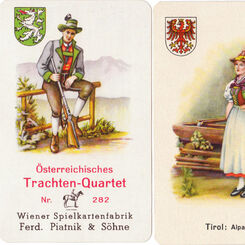
Österreichisches Trachten-quartett
Österreichisches Trachten-quartett Nr.282 published by Ferd Piatnik & Söhne.

Gulliver’s Travels
Gulliver’s Travels card game no.293 published by Piatnik, c.1950.
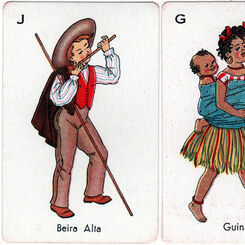
Casais Portugueses
Matching game by Majora, Lisbon, c.1970, featuring figures in national dress from Portuguese provinc...
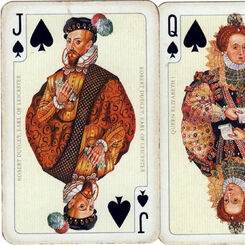
Mary Queen of Scots
Mary Queen of Scots and other Tudor period dignitaries, published by Piatnik, 1990.

Bourgeois Tarot by Piatnik 1987
Piatnik’s ‘Bourgeois Tarot’ in a version published in 1987 with nice quality images, especially the ...
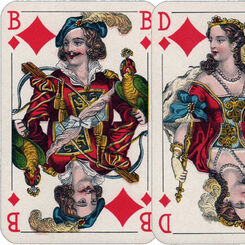
Piatnik No.97
Non-standard French-suited cards published by Ferd Piatnik & Sõhne, Vienna, c.1940s.
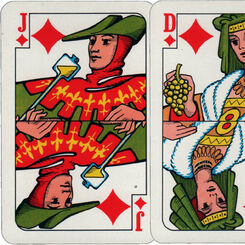
Austrian Wine
Skat deck for Austria’s excellent wines, Österreichischer Weinwirtschaftsfonds, c.1965
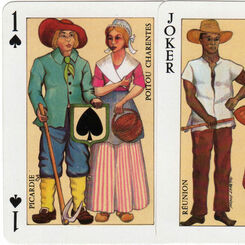
Provinces de France
Jeu des Provinces de France published by Éditions Dusserre, 1979.
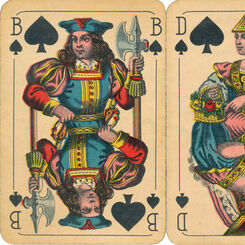
Vienna (ex-Lyon) pattern
‘Vienna pattern’ derived from archaic Lyon pattern by Ferd Piatnik & Söhne A.G., c.1926-1934.
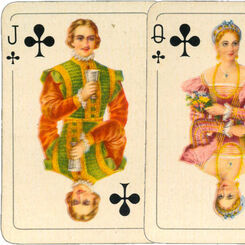
Piccadilly Patience
Piccadilly Patience by Piatnik, c.1955
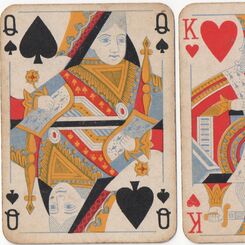
48: Ferdinand Piatnik & Sons
Ferd. Piatnik produced a very large range of cards with many different standard and non-standard pat...

Popular No.257
Piatnik’s “Popular Playing Cards” No.257
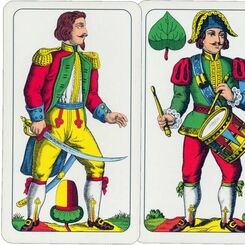
Salzburger Pattern
Salzburger pattern by Ferd. Piatnik & Söhne, Vienna

Die Neue ÖVP
Promotional deck for the Austrian People’s Party (ÖVP) printed by Piatnik, 1996.
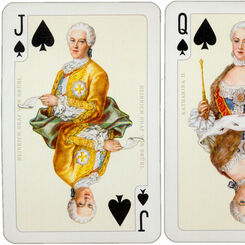
Rococo No.2130
Piatnik: Rococo No.2130 playing cards designed by Prof. Kuno Hock, c.1975
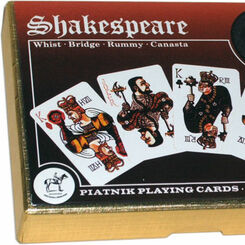
Shakespeare by Piatnik
‘Shakespeare’ playing cards by Piatnik designed by the British actor Donald Burton.
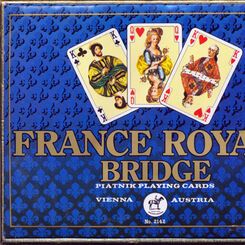
France Royale Bridge
“France Royale” Bridge playing cards by Willy Mayrl depict historical characters from France’s royal...
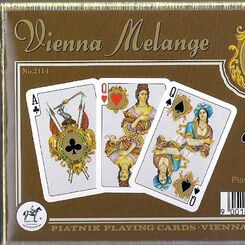
Vienna Melange
“Vienna Melange” Playing Cards by Piatnik with a historical feel representing the four races that ma...
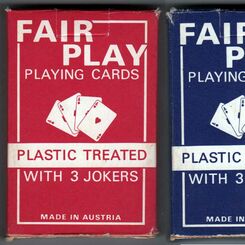
Fair Play
Fair Play budget brand by Piatnik first appeared c.1950 before disappearing in c.1990.

Ferd. Piatnik & Söhne
Ferdinand Piatnik was born in Ofen on October 14, 1819.
Most Popular
Our top articles from the past 60 days


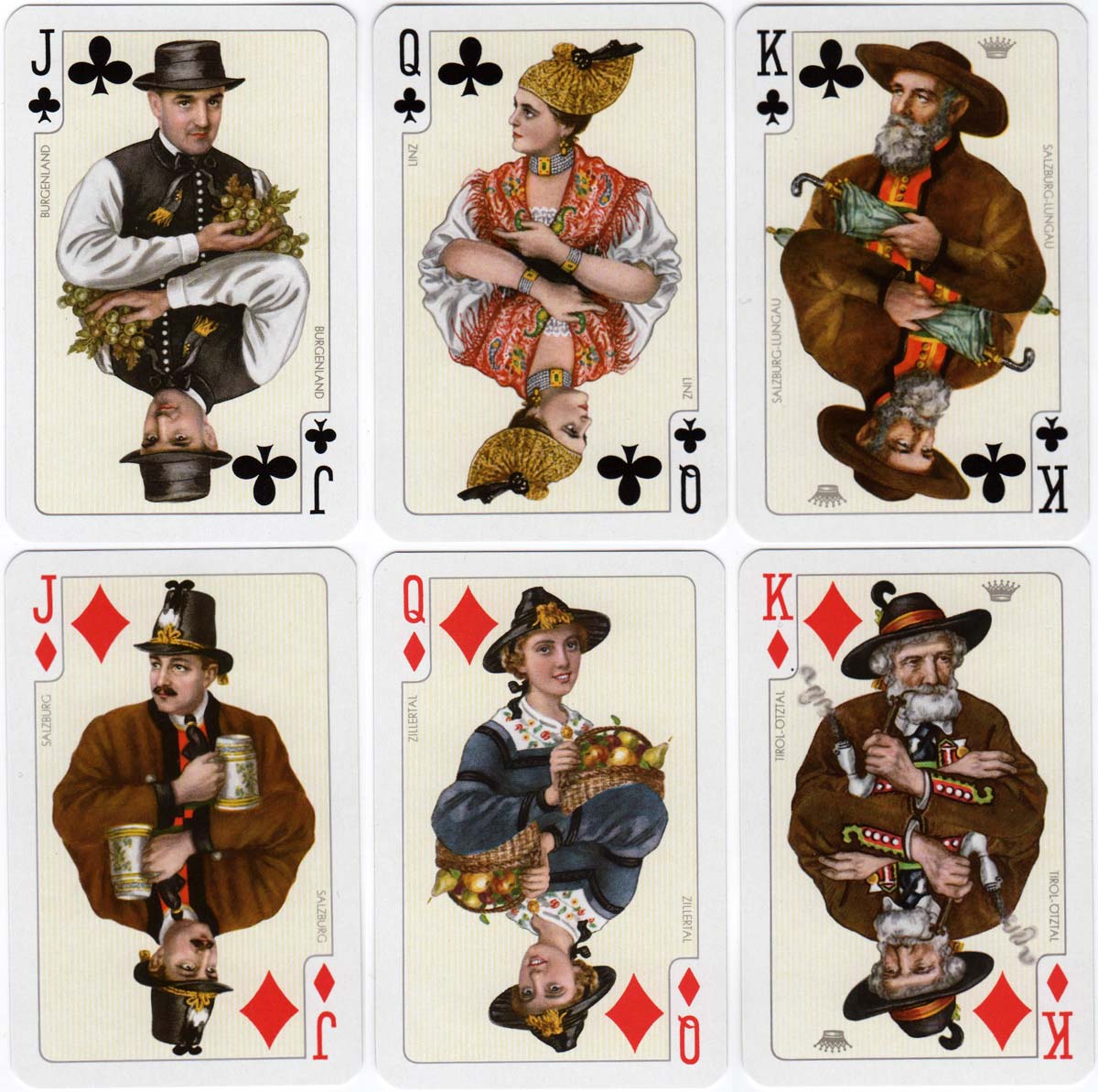

 Your comment here. Your comment here. Your comment here. Your comment here. Your comment here. Your comment here. Your comment here. Your comment here. Your comment here. Your comment here. Your comment here. Your comment here. Your comment here. Your comment here. Your comment here. Your comment here. Your comment here. Your comment here. Your comment here. Your comment here. Your comment here. Your comment here. Your comment here. Your comment here. Your comment here. Your comment here. Your comment here. Your comment here. Your comment here. Your comment here. Your comment here. Your comment here.
Your comment here. Your comment here. Your comment here. Your comment here. Your comment here. Your comment here. Your comment here. Your comment here. Your comment here. Your comment here. Your comment here. Your comment here. Your comment here. Your comment here. Your comment here. Your comment here. Your comment here. Your comment here. Your comment here. Your comment here. Your comment here. Your comment here. Your comment here. Your comment here. Your comment here. Your comment here. Your comment here. Your comment here. Your comment here. Your comment here. Your comment here. Your comment here.




















